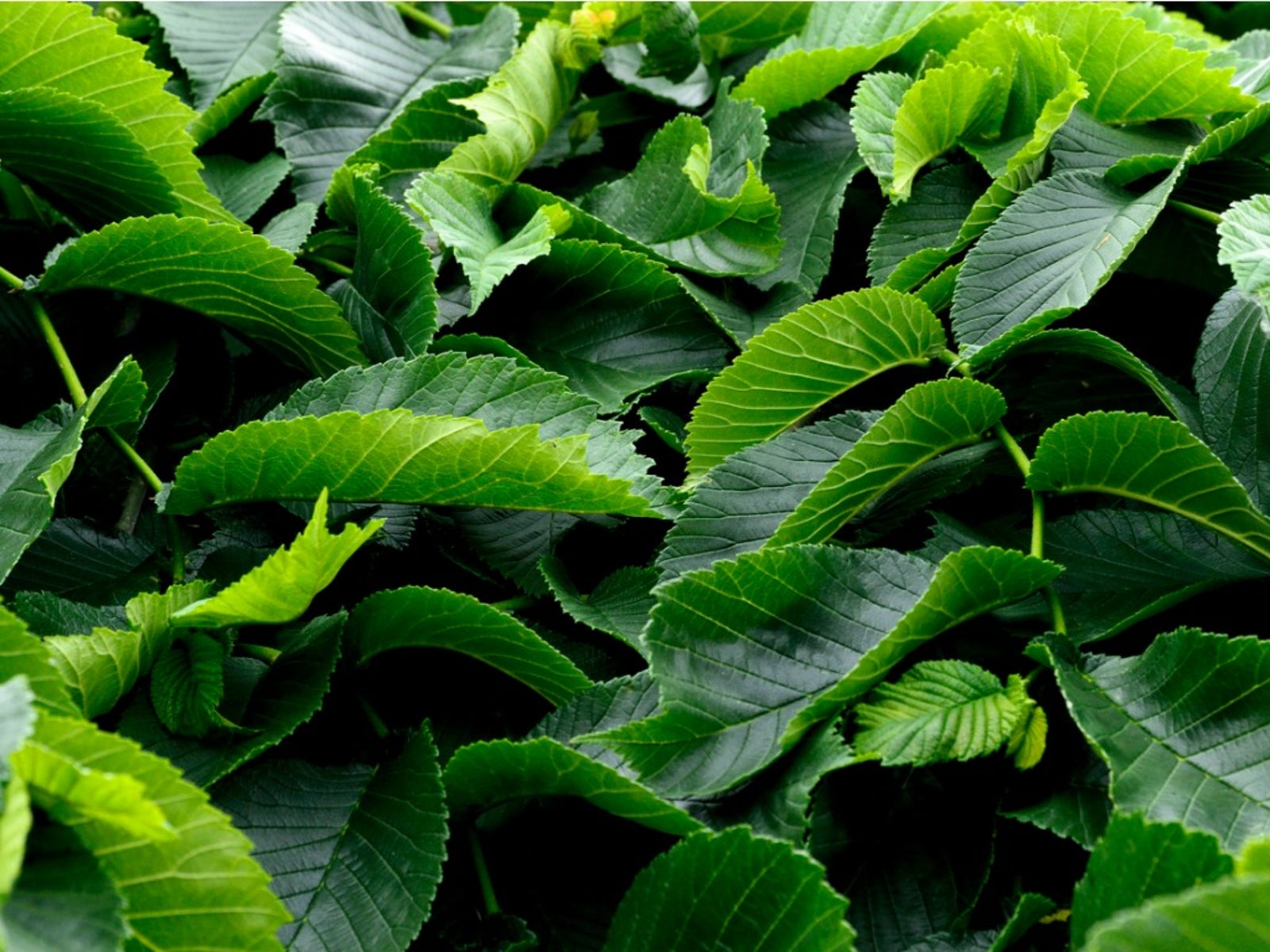What Is A Camperdown Elm Tree: Camperdown Elm History And Information


If you are familiar with Camperdown elm (Ulmus glabra 'Camperdownii'), you are surely a fan of this lovely tree. If not, you may ask: “What is a Camperdown elm tree?” In either case, read on. You’ll find lots of interesting Camperdown elm information below, including Camperdown elm history.
What is a Camperdown Elm Tree?
Camperdown is a weeping elm tree with gorgeous, twisted branches and dense foliage. Camperdown elm information tells us that the tree only grows to 25 feet (8 m.) tall but can spread even wider than its height. The tree you’ll find in commerce in this country is generally a Camperdown weeping elm crown grafted to an Ulmus americana rootstock. Camperdown elm information gives you an idea of why the tree is so popular. Its crown is domed and dense, and the twisted, root-like branches, thick with green foliage, droop to the ground if left unpruned. In spring, Camperdown weeping elm trees are covered with blossoms. Although the flowers are small and, individually, insignificant, many of them appear at the same time. When the entire dome is covered, the plant turns from dark green to light, silvery green.
Camperdown Elm History
The history of the Camperdown elm started over 100 years ago in Scotland. In 1835, a forester for the Earl of Camperdown found an elm tree growing with contorted branches in Dundee, Scotland. He transplanted the young tree within the gardens of Camperdown House, where it still stands under 9 feet (2 m.) tall with a weeping habit and contorted structure. Later, he grafted branches of it to other elms, producing the Camperdown weeping elm cultivar.
Camperdown Elm Tree Care
You can grow your own Camperdown weeping elm if you live in a mild to cool climate. The tree thrives in U.S. Department of Agriculture plant hardiness zones 5 through 7. Carefully selecting a planting site reduces the Camperdown elm tree care required to keep the tree happy and healthy. Position it in a location that gets full sun and offers moist, sandy, alkaline soil. Camperdown elm tree care includes generous and regular irrigation, especially in times of drought. You’ll also have to spray it often to keep off leaf miners. The trees can contract Dutch Elm disease, though this doesn’t happen very often in this country.
Sign up for the Gardening Know How newsletter today and receive a free copy of our e-book "How to Grow Delicious Tomatoes".

Teo Spengler is a master gardener and a docent at the San Francisco Botanical Garden, where she hosts public tours. She has studied horticulture and written about nature, trees, plants, and gardening for more than two decades, following a career as an attorney and legal writer. Her extended family includes some 30 houseplants and hundreds of outdoor plants, including 250 trees, which are her main passion. Spengler currently splits her life between San Francisco and the French Basque Country, though she was raised in Alaska, giving her experience of gardening in a range of climates.